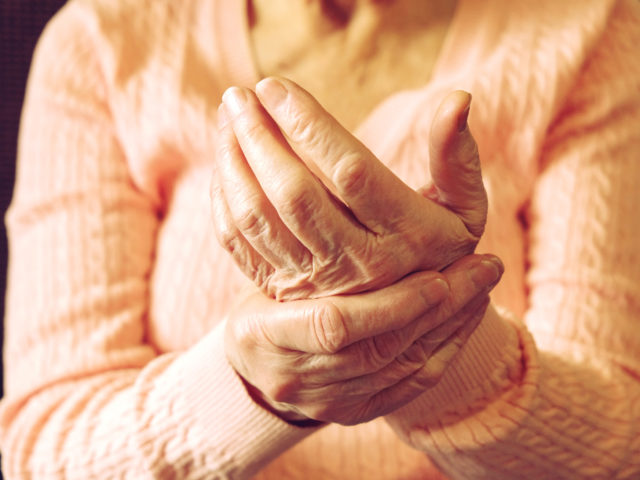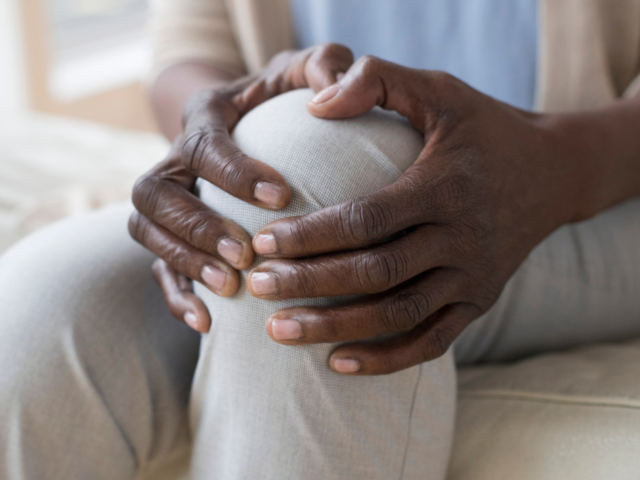Managing Arthritis Pain

Arthritis, a condition characterized by inflammation and stiffness in the joints, affects millions of people worldwide. Whether it’s osteoarthritis, rheumatoid arthritis, or other forms of this debilitating condition, the pain it brings can significantly impact one’s quality of life. However, with the right strategies and lifestyle changes, managing arthritis pain is possible. In this article, we’ll explore some effective approaches and tips to help individuals better cope with arthritis pain and improve their overall well-being.
Understand Your Arthritis
The first step in effectively managing arthritis pain is to understand your specific condition. Different types of arthritis have distinct underlying causes and symptoms. Osteoarthritis, for example, is primarily associated with wear and tear on joints, while rheumatoid arthritis is an autoimmune disease. By gaining insights into your arthritis type, you can tailor your pain management strategies more precisely.
Consult a Healthcare Professional
A vital aspect of managing arthritis pain is seeking guidance from a healthcare professional. Rheumatologists, orthopedic specialists, and pain management doctors can provide accurate diagnoses and recommend suitable treatment plans. They might suggest a combination of medications, physical therapy, and lifestyle changes that can effectively alleviate pain and slow down the progression of the disease.
Medication Management
Medications can play a significant role in pain management for arthritis sufferers. Over-the-counter nonsteroidal anti-inflammatory drugs (NSAIDs) like ibuprofen can help reduce inflammation and pain. Prescription medications such as disease-modifying antirheumatic drugs (DMARDs) and biologics are often prescribed for those with rheumatoid arthritis to suppress the immune system and slow down joint damage. However, it’s crucial to work closely with a doctor to find the right balance of medications while minimizing potential side effects.
Embrace Physical Activity
Regular physical activity is essential for maintaining joint flexibility, muscle strength, and overall well-being. Low-impact exercises like swimming, walking, and cycling can help improve joint function and reduce arthritis pain. It’s important to start slowly and gradually increase the intensity of your workouts. Consulting a physical therapist can help you develop a personalized exercise plan that caters to your specific needs and limitations.
Manage Weight Effectively
Maintaining a healthy weight is crucial for managing arthritis pain, especially for weight-bearing joints such as the knees and hips. Excess weight puts additional stress on the joints, exacerbating pain and inflammation. By adopting a balanced diet and incorporating regular exercise, you can achieve and maintain a healthy weight, which in turn can significantly alleviate arthritis-related discomfort.

Apply Heat and Cold Therapy
Heat and cold therapies can provide quick relief for arthritis pain. Applying a heating pad or warm compress to the affected area can help relax muscles and improve blood flow, easing stiffness. Cold packs, on the other hand, can help reduce inflammation and numb the area, providing temporary relief from pain. It’s essential to know when to use each therapy based on your specific symptoms.
Prioritize Joint Protection
Simple adjustments in daily routines can go a long way in protecting your joints and minimizing pain. Using assistive devices such as jar openers, ergonomic tools, and braces can reduce strain on the joints during daily activities. Additionally, adopting joint-friendly techniques like using larger joints instead of smaller ones for tasks can help distribute pressure more evenly.
Practice Stress Management
Stress can exacerbate arthritis pain as it triggers the release of certain chemicals that contribute to inflammation. Engaging in relaxation techniques such as deep breathing, meditation, and yoga can help manage stress levels and, consequently, alleviate pain. Finding enjoyable hobbies and spending time with loved ones can also contribute to an overall reduction in stress and pain.
Get Adequate Sleep
Quality sleep is essential for managing pain and promoting overall health. Arthritis pain can make it challenging to sleep comfortably, but creating a conducive sleep environment can make a significant difference. Investing in a comfortable mattress and pillows, maintaining a consistent sleep schedule, and practicing relaxation techniques before bed can help improve sleep quality and reduce pain.
Consider Complementary Therapies
Complementary therapies such as acupuncture, massage, and herbal supplements have shown promise in relieving arthritis pain for some individuals. While the effectiveness of these approaches can vary from person to person, they are worth exploring under the guidance of a healthcare professional. For more information or to read all about managing arthritis pain, you can visit Conversation Prism to know more.
Conclusion
Living with arthritis pain can be challenging, but with the right strategies and lifestyle adjustments, individuals can significantly improve their quality of life. By understanding their condition, working closely with healthcare professionals, adopting a holistic approach to pain management, and making necessary changes in their daily routines, arthritis sufferers can find relief and regain control over their lives. Remember, managing arthritis pain is a journey that requires patience, perseverance, and a proactive mindset.




